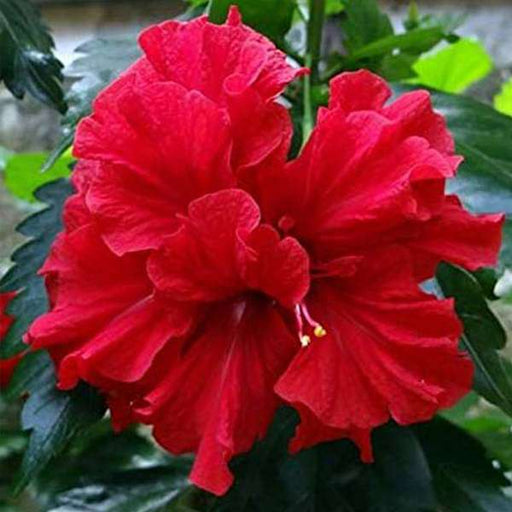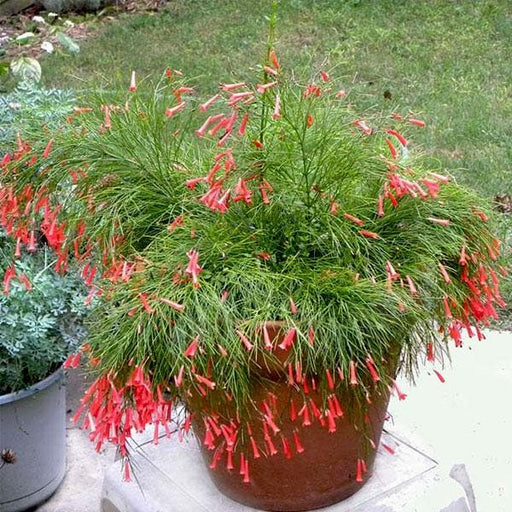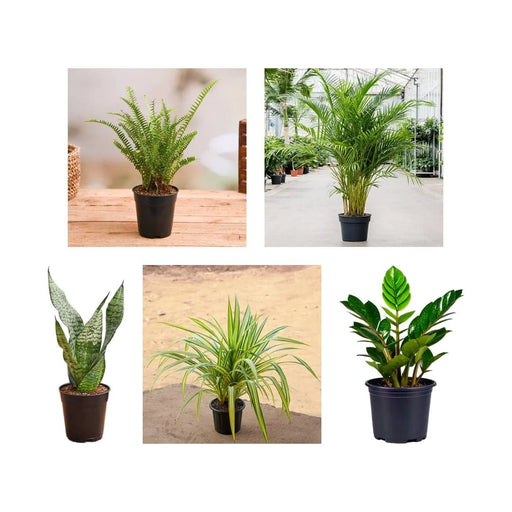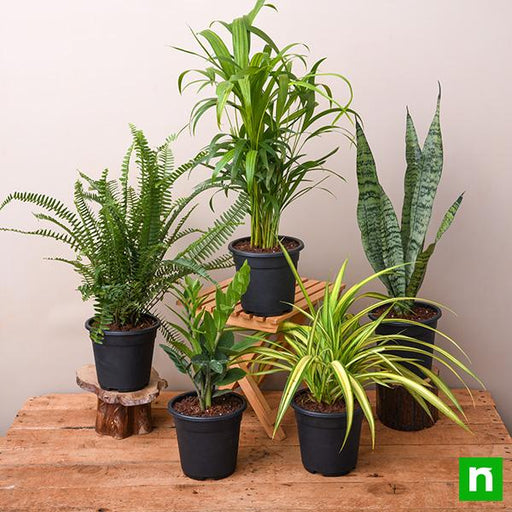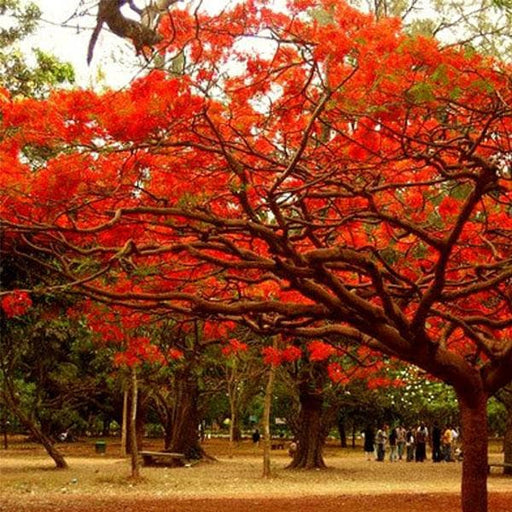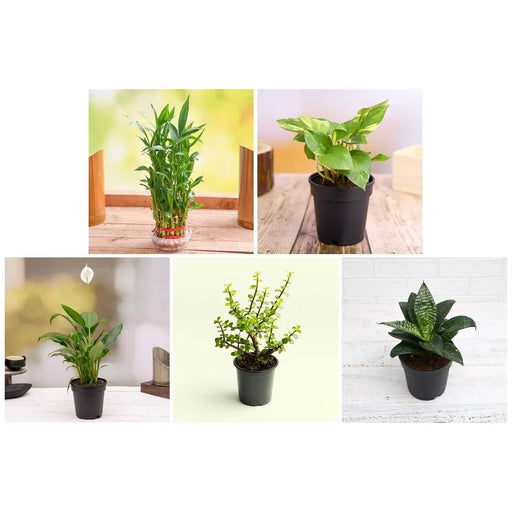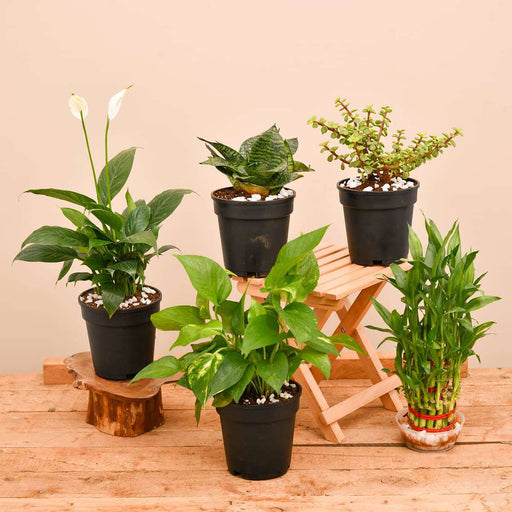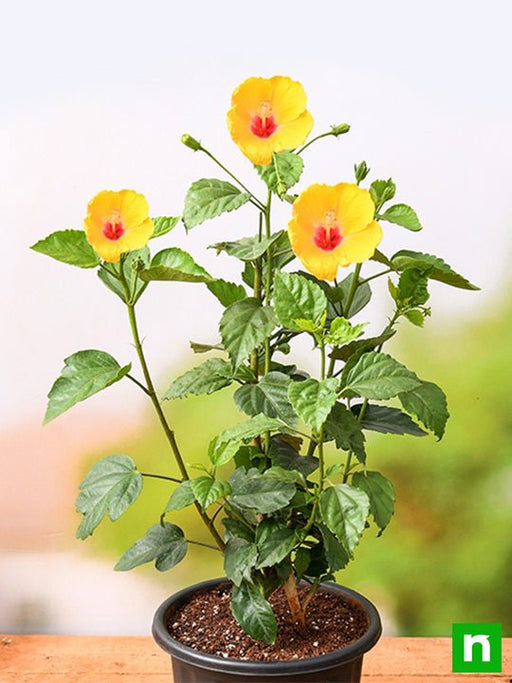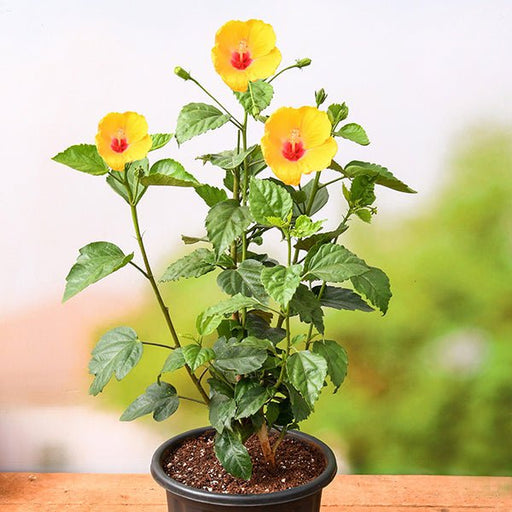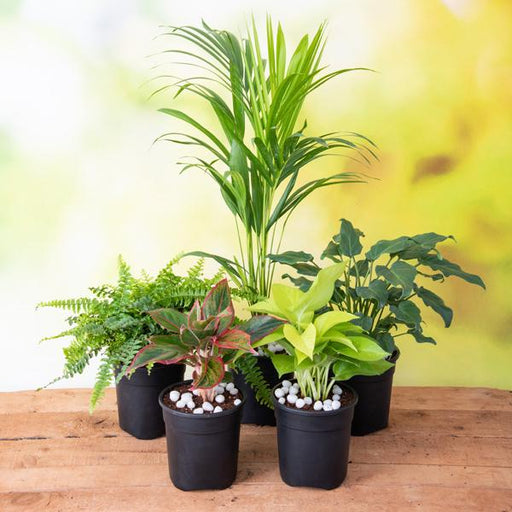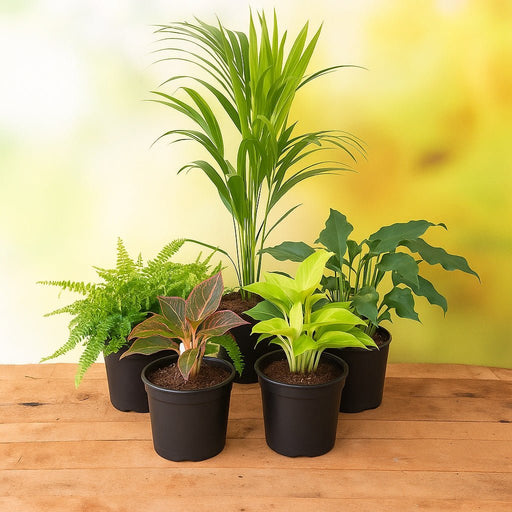Red Flowering Shrubs
If you're looking to add some color to your garden or landscape, red flowering shrubs are an excellent choice. Not only do they add visual interest, but they also attract pollinators like bees and butterflies.
Red Perennial Flowers
Perennial flowers are a great investment for your garden since they come back year after year. And when they come in red, they add a bold pop of color that's sure to turn heads.
Red Rose Bushes
Roses are a classic flower that come in many colors, including red. Red rose bushes are a great way to add a romantic touch to your garden or landscape.
Red Wildflowers
Wildflowers are a great way to add some natural beauty to your garden. And when they come in red, they add a vibrant touch that's sure to please.
Red Annual Flowers
Annual flowers are a great way to add some temporary color to your garden or landscape. And when they come in red, they're sure to catch the eye.
Red Tulip Bulbs
Tulips are a popular spring flower that come in a wide range of colors, including red. Red tulip bulbs are a great way to add some color to your garden in the spring.
Red Hibiscus Plants
Hibiscus plants are known for their large, showy flowers that come in a variety of colors, including red. Red hibiscus plants are a great way to add some tropical flair to your garden.
Red Dahlia Flowers
Dahlia flowers are a popular choice for their large, colorful blooms. And when they come in red, they add a bold touch to any garden.
Red Peony Plants
Peony plants are known for their large, fragrant blooms that come in a variety of colors, including red. Red peony plants are a great way to add some elegance to your garden.
Red Azalea Shrubs
Azalea shrubs are known for their colorful, showy blooms. And when they come in red, they add a bold touch to any landscape.
Red Carnation Flowers
Carnations are a popular flower that come in many colors, including red. Red carnation flowers are a great way to add some color to your garden or landscape.
Red Poppy Seeds
Poppies are a popular flower that come in a variety of colors, including red. Red poppy seeds are a great way to add some color to your garden.
Red Gladiolus Bulbs
Gladiolus flowers are known for their tall spikes of colorful blooms. And when they come in red, they add a bold touch to any garden.
Red Iris Plants
Iris plants are known for their tall, showy blooms that come in a variety of colors, including red. Red iris plants are a great way to add some color to your garden.
Red Zinnia Flowers
Zinnias are a popular choice for their colorful, daisy-like blooms. And when they come in red, they add a bold touch to any garden.
Red Lily Bulbs
Lilies are a popular flower that come in many colors, including red. Red lily bulbs are a great way to add some color to your garden.
Red Amaryllis Plants
Amaryllis plants are known for their large, showy blooms that come in a variety of colors, including red. Red amaryllis plants are a great way to add some elegance to your garden or home.
Red Geranium Plants
Geraniums are a popular flowering plant that come in a variety of colors, including red. Red geranium plants are a great way to add some color to your garden or window boxes.
Red Camellia Plants
Camellias are a popular evergreen shrub that produces beautiful blooms in the winter and spring. When they come in red, they add a bold touch of color to any landscape.
Red Daylily Plants
Daylilies are a popular perennial flower that come in a wide range of colors, including red. Red daylily plants are a great way to add some bright color to your garden or landscape.





